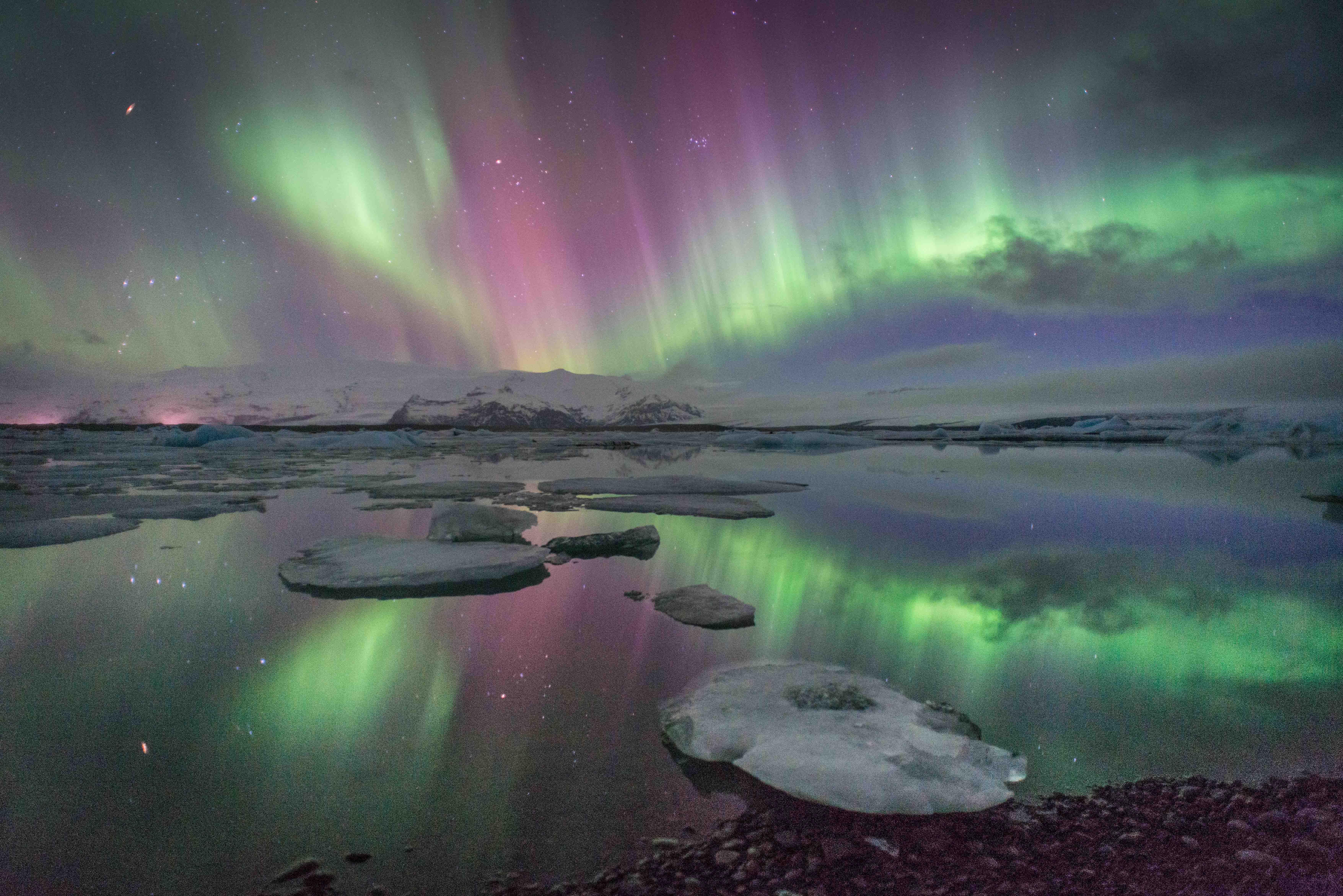Is Iceland expensive to visit??
In a word: yes. Traveling to Iceland can be relatively expensive due to the high cost of living and prices of imported goods. Tourists often face high prices for accommodation, food, transportation and entertainment.
That said, a trip to Iceland doesn’t have to drain your wallet. With proper planning, you can enjoy everything this incredible country has to offer without spending too much money.
The average daily budget for a traveler in Iceland is about $300. This covers essential expenses such as accommodation, food, transportation and entertainment. Among other things, keep in mind that costs may increase if you opt for luxury accommodations or more expensive activities such as whale watching or diving.
Costs of accommodations
A big chunk of your travel budget will likely go toward where you stay in Iceland, so of course choosing accommodation should be approached wisely.
The golden rule of any trip - try to book accommodation in advance, especially during the peak summer months when demand drives up prices. Most accommodations in Iceland are charged per room rather than per person, so traveling in a group can help keep costs down.
If you're staying in remote areas, remember about additional transportation costs such as buses or cabs. And if you're planning a trip in the summer, research the best places to visit during this season to maximize your experience.
Generally, you can choose from one of the following options:
- Hostels: A budget-friendly option, costing around $16–$50 per night. These communal spaces are ideal for meeting other travelers but come with shared facilities.
- Hotels: If you prefer privacy and comfort, expect to pay $80–$200 per night, depending on location and rating. Reykjavik tends to have higher prices than smaller towns.
- Airbnbs: A middle-ground option offering private rooms or entire homes. Prices typically range between $50 and $80 per night, varying by location and amenities.
- Unique accommodation options: there are many unusual options in Iceland, such as staying on a farm or in lodges that allow you to experience the local attractions, often at a higher price.






